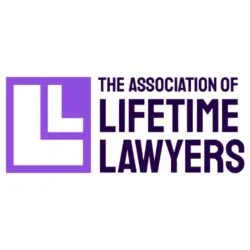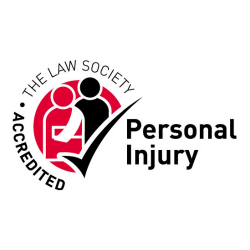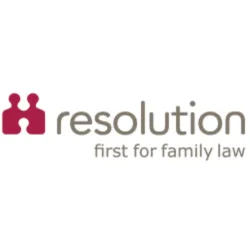
Discrimination – Employment Rights Update
This month we look at an important recent case on discrimination. We’ll depart from our usual practice, and look in detail at a single case.
A deep breath might be required!
In Shaffic Essop & Ors v Home Office the Court of Appeal considered a multiple action brought by a substantial number of immigration officers.
The Home Office requires candidates for promotion to undertake a test – a Core Skills Assessment (‘CSA’).
An equality impact assessment in 2009 revealed the CSAs seemed to disadvantage two groups: black and minority ethnic candidates; and candidates over 35. Importantly, the assessment did not identify any reason for the disparity in outcomes. Some younger, white candidates also failed the CSA; likewise some BME/older candidates passed the test.
The Claimants brought proceedings alleging that the requirement to undertake the CSA was indirectly discriminatory on grounds both of race and age.
At a preliminary hearing the ET had to consider whether it was sufficient for each Claimant to point to the 2009 assessment to show they were disadvantaged.
In indirect discrimination cases the Claimant needs to prove:
a) That there is a “Provision, Criterion or Practice” (a “PCP”) in operation…
b) … that puts a group sharing a protected characteristic (e.g. race) at a particular disadvantage
c) … and that puts the Claimant at the same disadvantage
d) … and that is not justified
The ET held that it was not enough to rely on the “group disadvantage” shown by the assessment. Each individual Claimant, said the Judge, would need in addition to show he or she was disadvantaged.
The Claimants appealed to the EAT, which allowed the appeal.
The EAT, in the person of Langstaff J, held it was enough for the Claimants to show they belonged to the disadvantaged group (i.e. they were of BME origin, and/or over 35). He said to rule otherwise would leave the Claimants with an impossible task. No-one knew why these groups were disadvantaged. There was unlikely to be any evidence before the final ET hearing to show what is was that created the disadvantage. How, then, could any individual be expected to prove the reason for their disadvantage?
The employers appealed to the Court of Appeal.
The Court has now reinstated the original decision of the Employment Judge.
In a complex judgment, Sir Colin Rimer disagrees with the analysis of the EAT. The arguments are technical but one analogy illustrates the Court’s reasoning:
The Court refers to the “part time/childcare” cases – where it is alleged, often, that a requirement to work full time is a “PCP” that disadvantages women more than men because, it is said, more women than men are likely to have childcare responsibilities and to require part time work as a result.
In such a case, says the Court, it is not enough to show with statistics that more women are disadvantaged. The Claimant must also show that she is. If, say, the Claimant is unable to work full time because she wants to play golf in the afternoon (this is the example in the judgment), she will fail to establish indirect discrimination – because her disadvantage arises not because of childcare, but because of a lifestyle choice.
The Court distinguishes the well-known case of Enderby – in which statistics were used to show that a group of speech therapists (overwhelmingly female) were not paid Equal Pay compared to a group of (mainly male) psychologists. At first blush that is surprising, but the argument can be appreciated (even if rejected!) when one looks at the context: there was a good argument that the therapists were historically underpaid because their work was regarded as “women’s work.” And there is perhaps the issue in the instant case: the lack of any apparent reason for the statistically higher failure rates of BME/older candidates. There seems to be no question of some sort of historical explanation for the differences in outcome.
Where does that leave the Claimants?
Well, their task has definitely become tougher.
But the Court has left the door ajar – it will still be open to the Claimants, says Sir Colin, to argue the assessment helps them show personal disadvantage. The assessment isn’t only relevant to point b) in the checklist above. It might help persuade an ET about point c), too.
And if the Claimants can go far enough, the usual rules on the burden of proof will reverse – the Home Office will need to prove that it didn’t discriminate (often a tough one). Though of course it would still be open to the Home Office to say what it did was justified i.e. that the CSAs were a proportionate means of achieving a legitimate aim.
It will be interesting to see where the case goes next. I suspect we’ve not seen the end of it.
View the full employment rights legal update.
For further information, contact our employment rights team.












